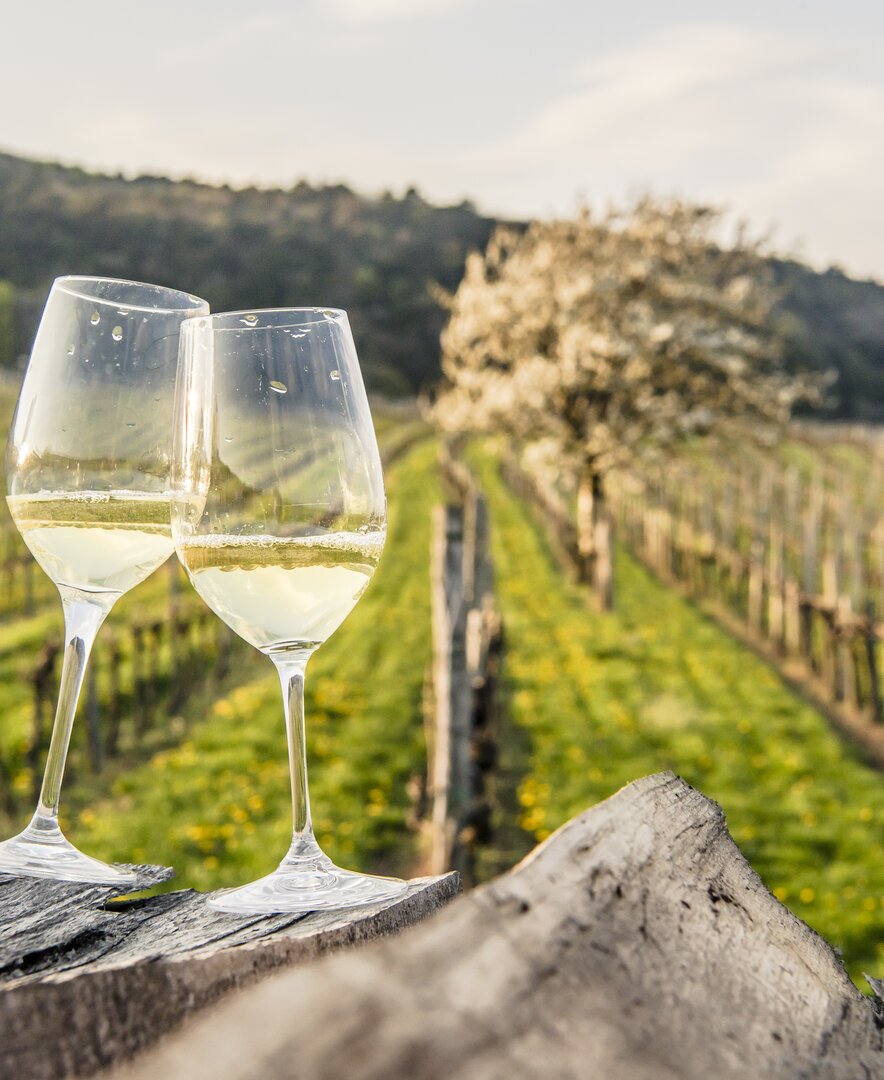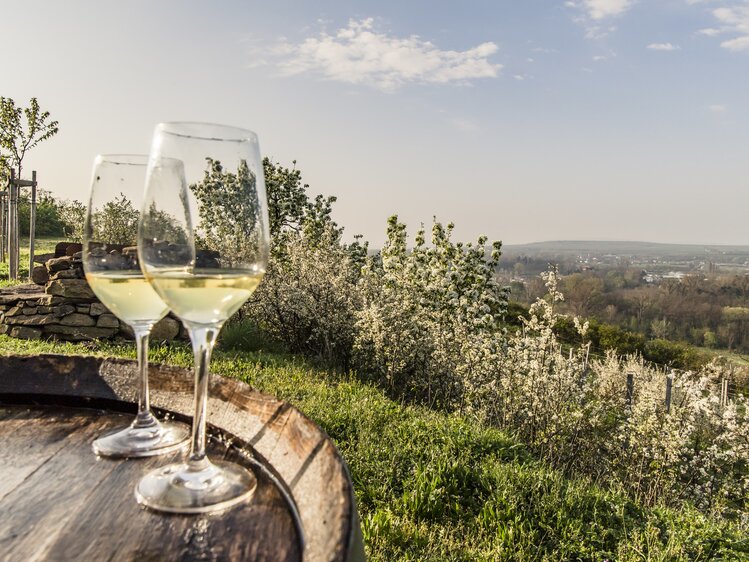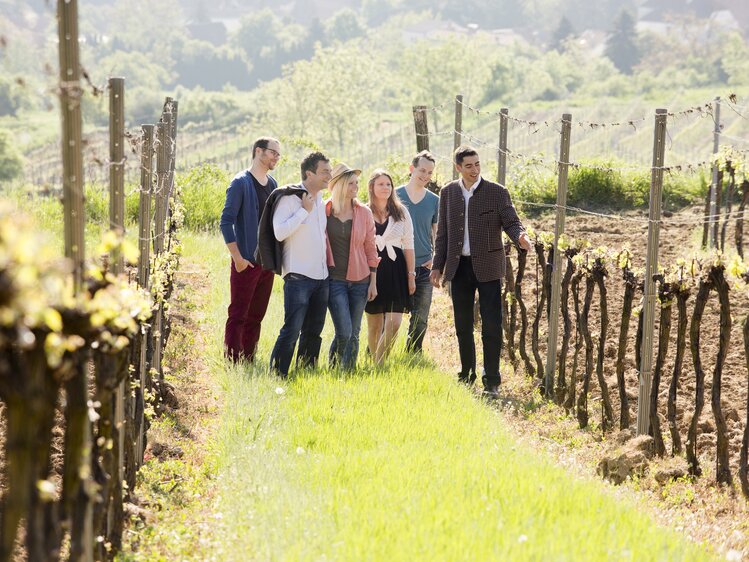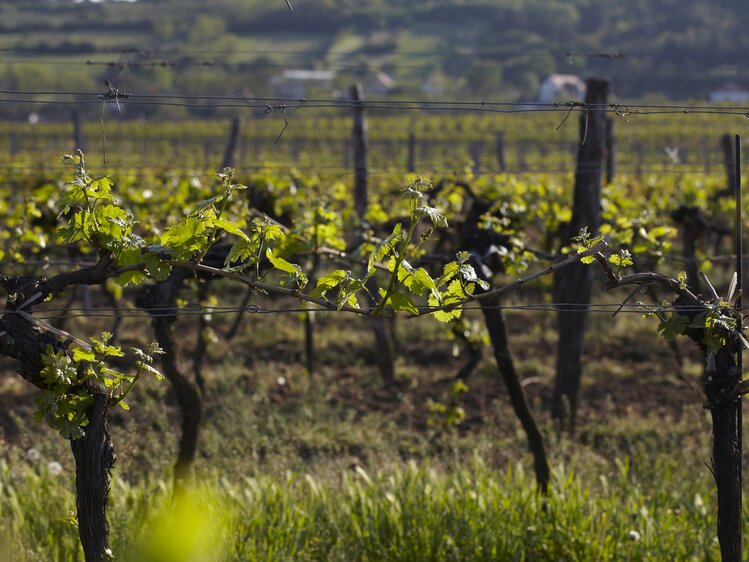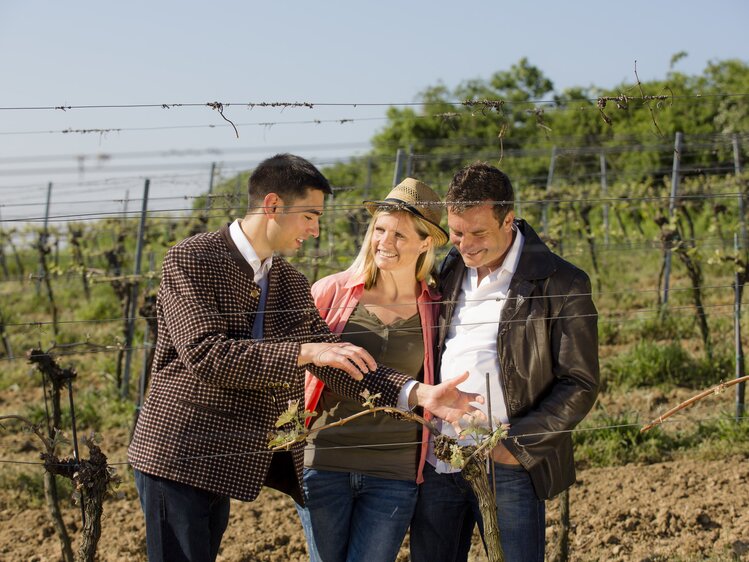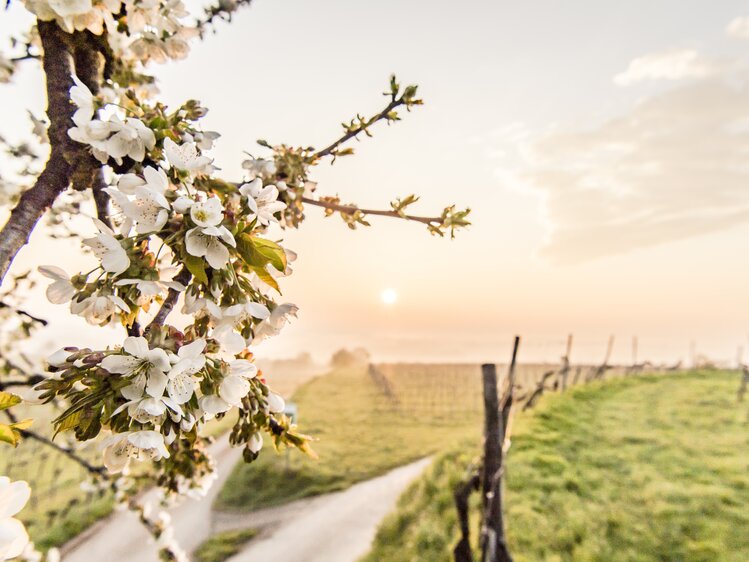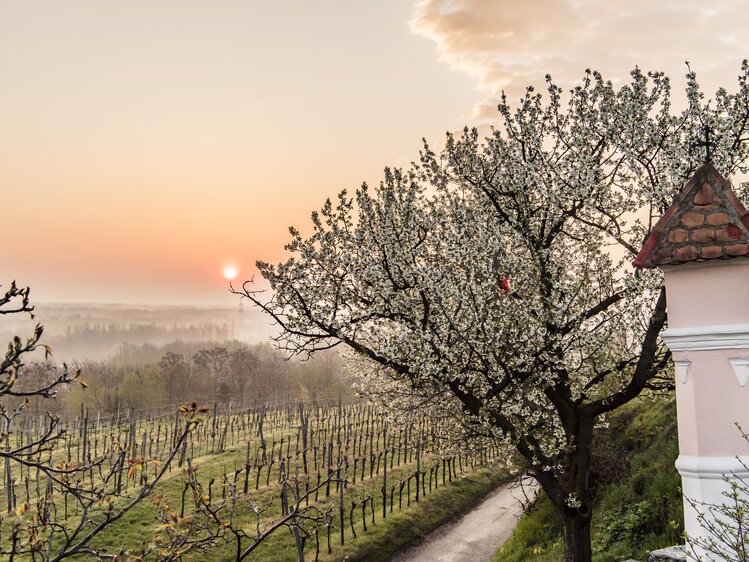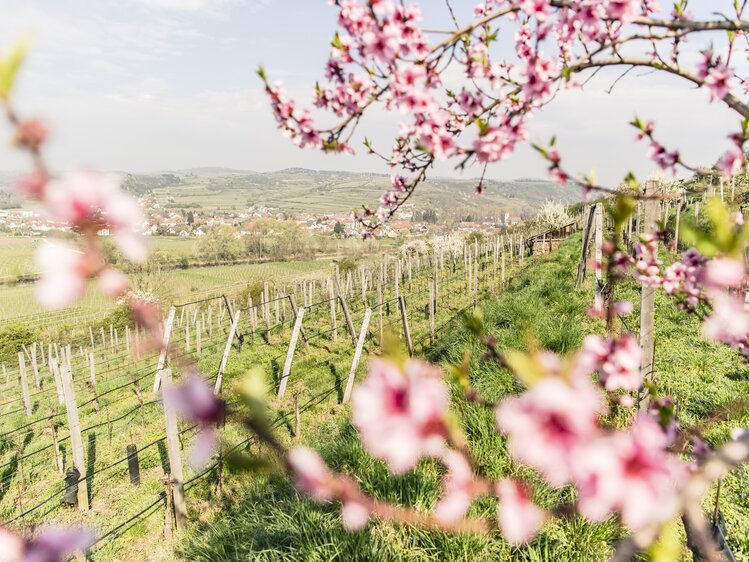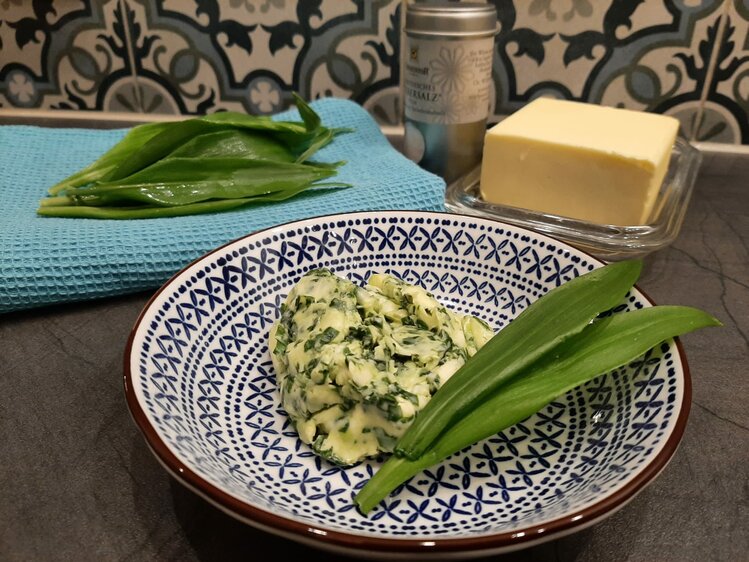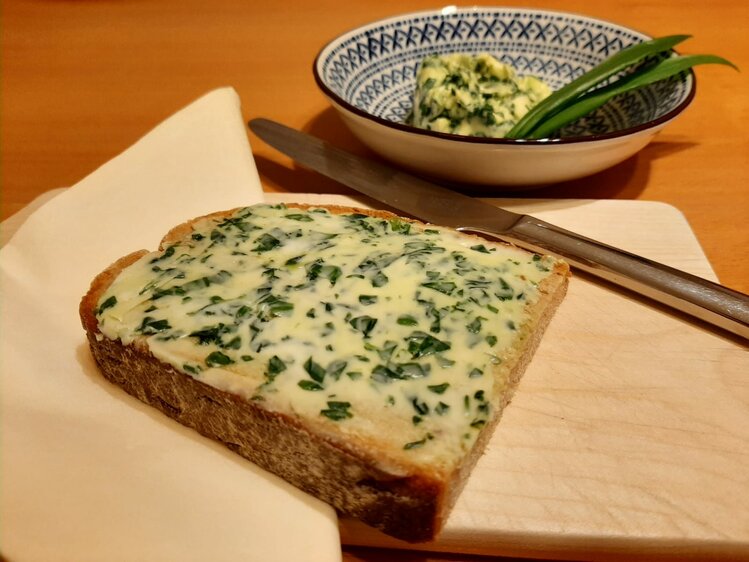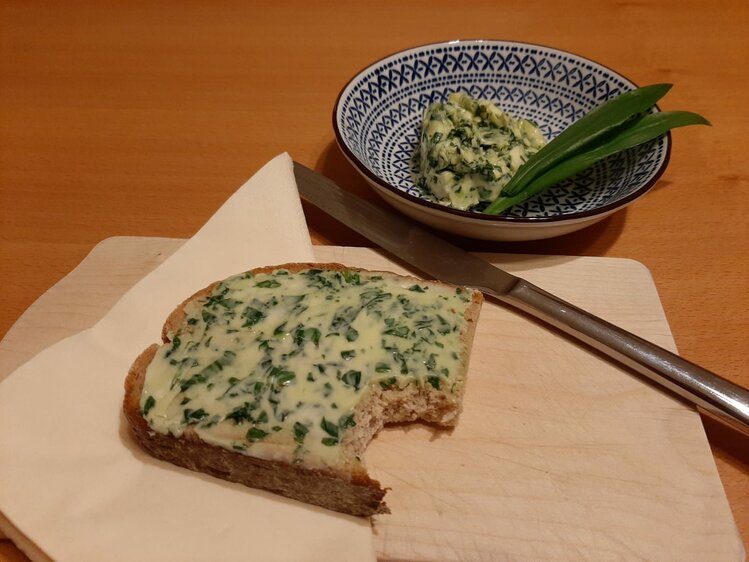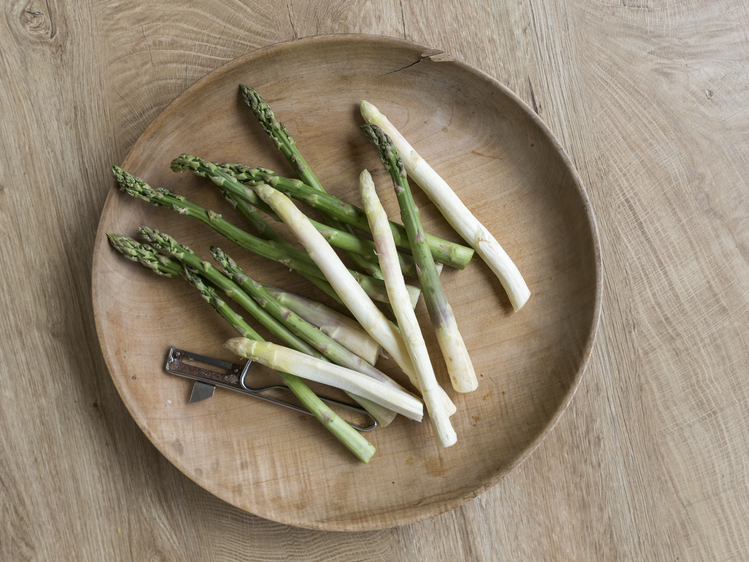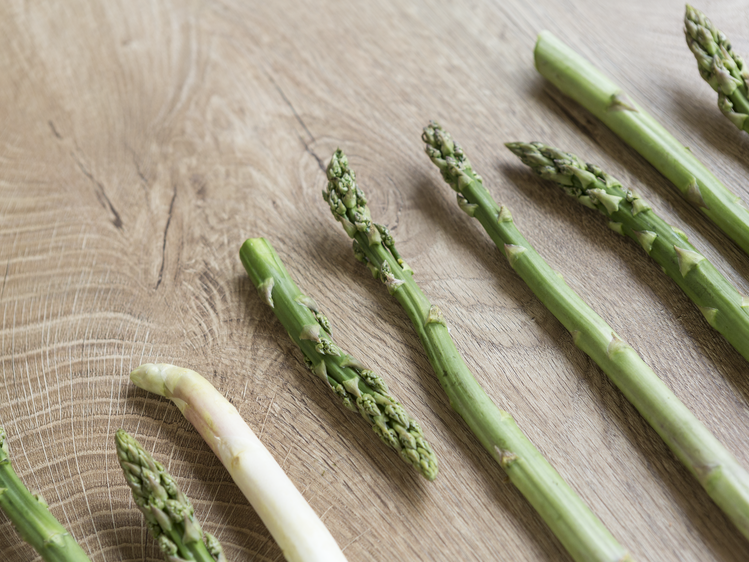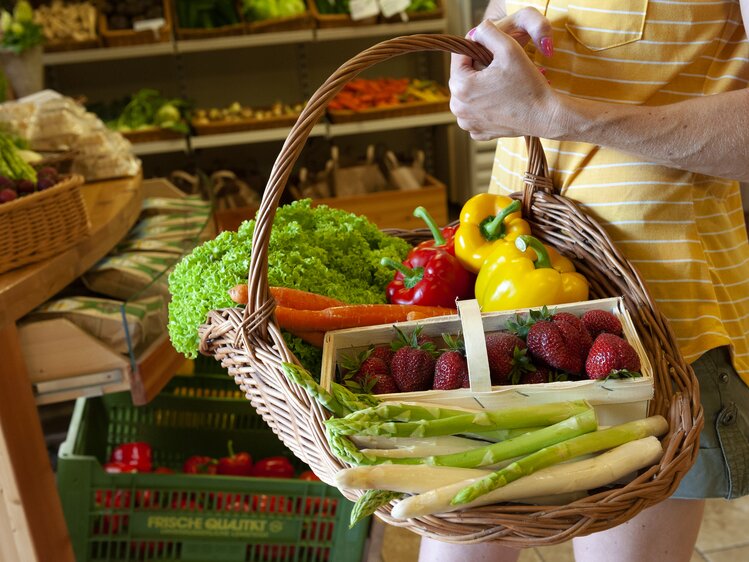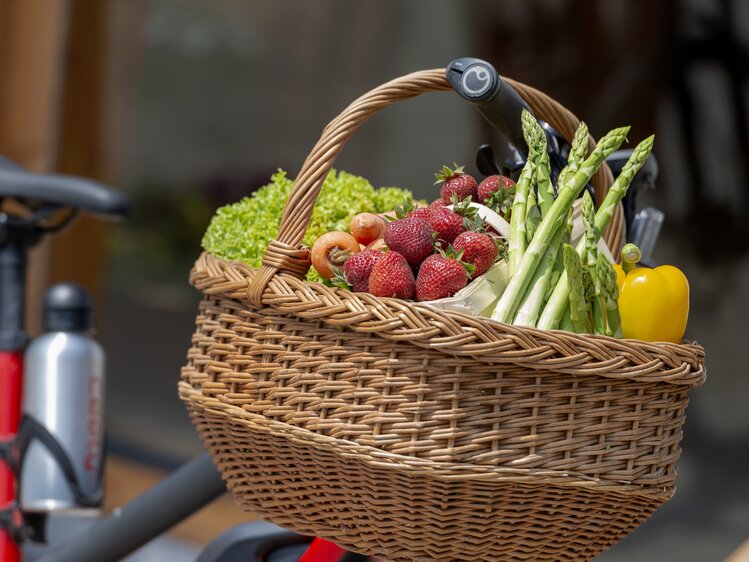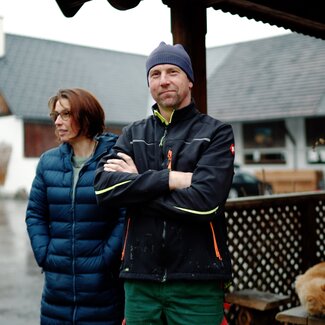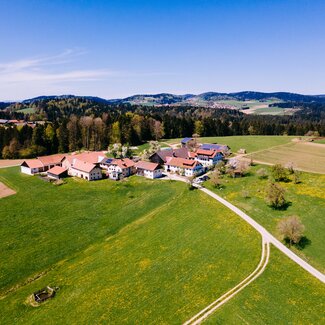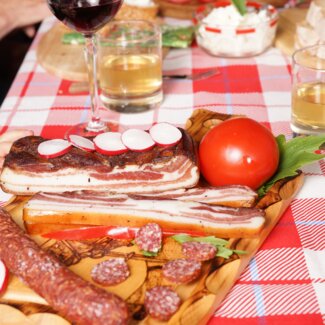Wine in SpringLower Austria and wine - a combination steeped in traditions, a combination with an intertwined history.
There are so many different wine regions growing so many different grape varieties. Winegrowers have got their hands full all year long. In autumn, it’s time to harvest the grapes. Afterwards, the wine is produced and matures in winter. In spring, the big moment has come. Is the wine good? Tasting the new vintage for the first time is always a reason to get together and celebrate. With the first rays of sunshine, the local wine taverns open their doors and the cellar lanes are lively again. Wooden benches and tables are placed outside. Then, everyone’s ready for a nice get-together. It’s great to stop by a wine tavern during a bicycle tour or a country walk across the green vineyards.
A very special custom is typical of the Weinviertel region. Here, winegrowers go into the countryside with their guests. This tradition is called “in die Grean gehen”. In former times, the right to join was reserved to those who had helped the winegrowers harvest the grapes in autumn. Nowadays, also guests at the vineyard can take part. Together, you’ll walk through the vineyards, have a glass of wine here and there and eat a hearty snack every now and then.
Wild GarlicPeople either love it or hate it.
What once was a forest plant that only farmers and herb women knew of is now the talk of the town. Wild garlic is trendy. In spring, there’s hardly any fine dining cuisine that can do without this aromatic wild herb. Would you like to collect wild garlic when it’s in season (March to May)? You only need to go to a forest and follow the typical scent of garlic. The hosts on the farm you’re staying at will tell you everything you need to know when you set out to collect this delicious plant. They also know where you’re allowed to pick it. Grab your backpack, pack a cloth bag and a sharp knife and be careful to only collect wild garlic where it grows in abundance. Don’t take more than you need. If in doubt, throw it out. Anyway, you can also enjoy delicious treats made with wild garlic on the farm: a tasty spread or pesto. By the way, preparing the latter is quick and easy. You only need wild garlic, olive oil, salt and ... Well, perhaps, your host and farmer will let you in on her secret ingredient.
Asparagus
Did you know that it takes three years for asparagus to be ready for consumption? It’s a very sensitive plant that grows best in well-drained, sandy soils and needs ideal climatic conditions. The Marchfeld region provides both. For two years, farmers carefully cut back the plants and take care of them. In the third year, they can finally harvest it. The asparagus harvest starts at the beginning of April and lasts until early summer. Everything’s done by hand. The reward for all this work: an extremely delicate flavour. Green or white asparagus? For food lovers, this is almost an ideological question. Yet, once this tender vegetable is on your plate, colour doesn’t matter anymore. By the way, asparagus from the Marchfeld region is not only delicious but also very healthy. In this region, this vegetable is often sold directly at the farm gate. From down-to-earth taverns to fine dining restaurants, the local chefs come up with the most sophisticated recipes using asparagus.
Elisabeth Freundlinger
Farm Holidays in Austria, 21 Article(s)
